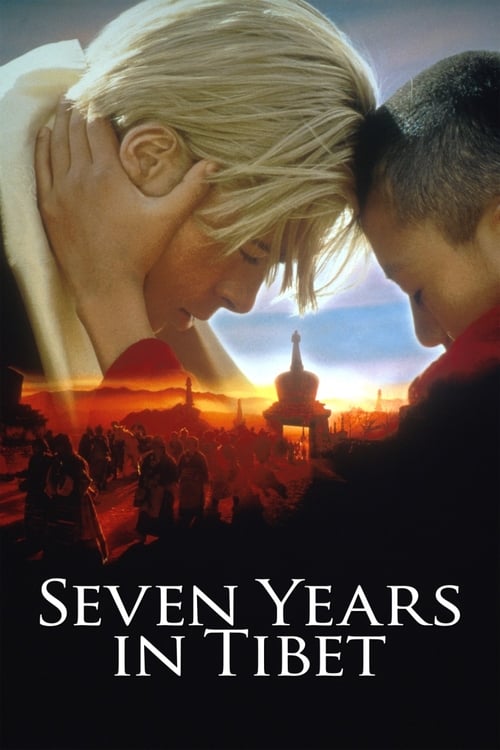
Title: Seven Years in Tibet
Year: 1997
Director: Jean-Jacques Annaud
Writer: Becky Johnston
Cast: Brad Pitt (Heinrich Harrer), Jamyang Jamtsho Wangchuk (Dalai Lama, 14 Years Old), David Thewlis (Peter Aufschnaiter), BD Wong (Ngawang Jigme), Mako (Kungo Tsarong),
Runtime: 136 min.
Synopsis: Austrian mountaineer Heinrich Harrer journeys to the Himalayas without his family to head an expedition in 1939. But when World War II breaks out, the arrogant Harrer falls into Allied forces' hands as a prisoner of war. He escapes with a fellow detainee and makes his way to Lhasa, Tibet, where he meets the 14-year-old Dalai Lama, whose friendship ultimately transforms his outlook on life.
Rating: 7.156/10